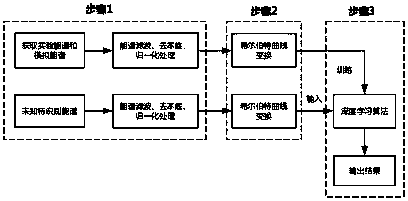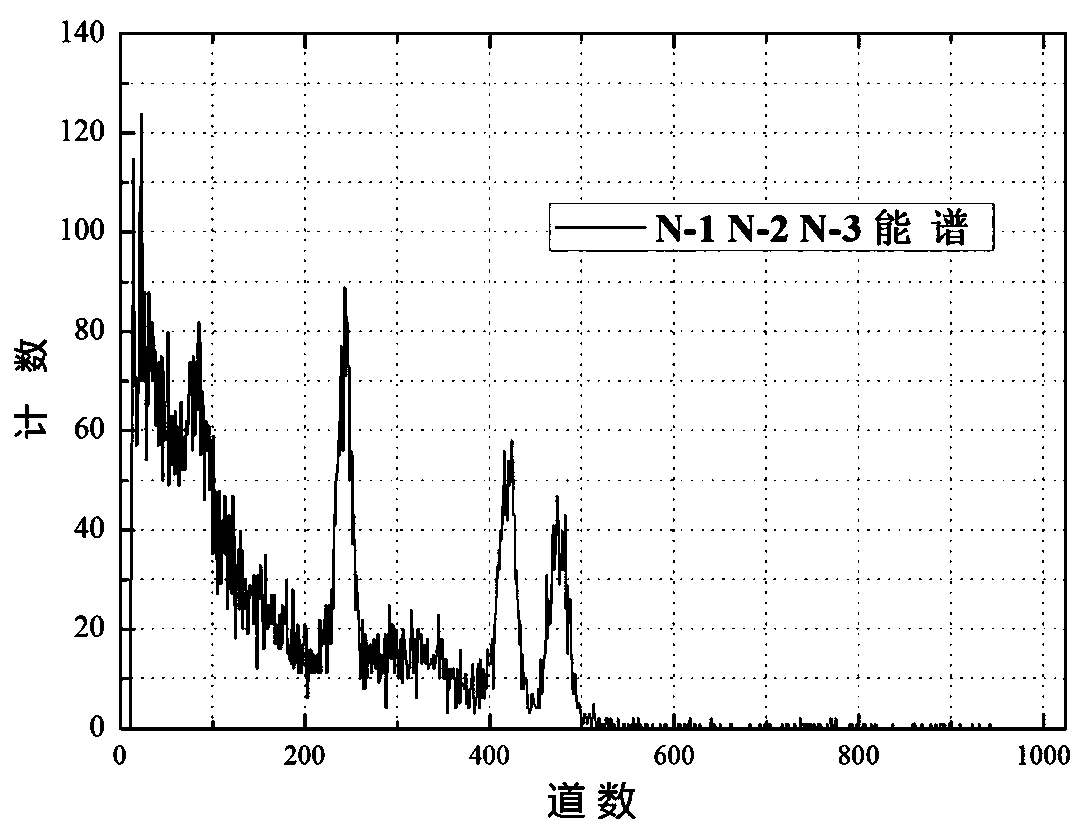Energy spectrum analysis method based on Hilbert curve transformation and depth learning
A deep learning and curve transformation technology, applied in the field of radiation environment monitoring and image recognition, can solve the problems of inaccurate recognition of low-count energy spectrum, poor recognition rate of coherent nuclide energy spectrum, and high requirements for energy spectrum data, and achieve the recognition response. The speed is fast, the convergence speed is improved, and the effect of overcoming the insufficient number of radioactive sources
- Summary
- Abstract
- Description
- Claims
- Application Information
AI Technical Summary
Problems solved by technology
Method used
Image
Examples
Embodiment Construction
[0036] In order to make the object, technical solution and advantages of the present invention more clear, the exemplary embodiments of the present invention will be further described in detail below in conjunction with the accompanying drawings. It should be understood that the specific embodiments described here are only used to explain the present invention, not to limit the present invention. In addition, the technical features involved in the various embodiments of the present invention described below can be combined with each other as long as they do not constitute a conflict with each other.
[0037] figure 1 Shown is the flow chart of the energy spectrum analysis method based on the Hilbert curve transformation and deep learning of the present invention, which specifically includes the following steps:
[0038] Step 1 is to obtain the detection energy spectrum and the simulation energy spectrum and perform preprocessing, including the following sub-steps:
[0039] (...
PUM
 Login to View More
Login to View More Abstract
Description
Claims
Application Information
 Login to View More
Login to View More - R&D
- Intellectual Property
- Life Sciences
- Materials
- Tech Scout
- Unparalleled Data Quality
- Higher Quality Content
- 60% Fewer Hallucinations
Browse by: Latest US Patents, China's latest patents, Technical Efficacy Thesaurus, Application Domain, Technology Topic, Popular Technical Reports.
© 2025 PatSnap. All rights reserved.Legal|Privacy policy|Modern Slavery Act Transparency Statement|Sitemap|About US| Contact US: help@patsnap.com



